15 Animals That Do Absolutely Nothing All Day
Laziness in the animal kingdom is often a clever survival strategy. It helps conserve energy in tough environments, with many species adapting slower metabolisms or limited movement to match their surroundings and needs.
The animals discussed below have adapted to do less for very specific reasons. Doing almost nothing is exactly what keeps them alive.
Green Iguana
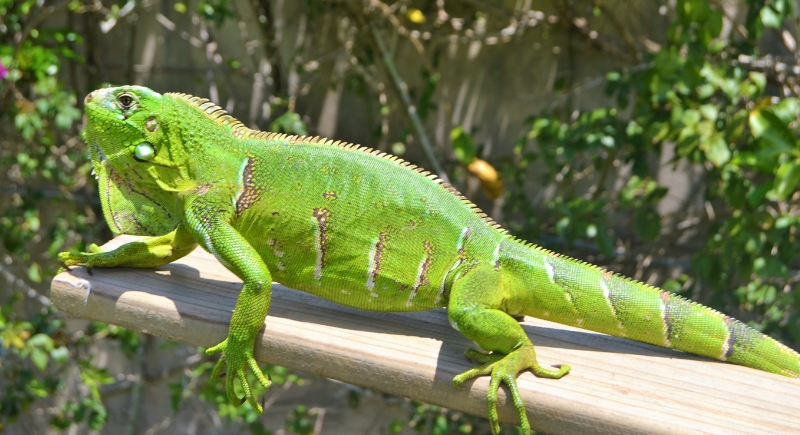
Credit: Getty Images
Green iguanas bask on sunlit branches for hours because their survival depends on external warmth. As cold-blooded reptiles, they can’t digest or move efficiently without sunlight. Once they reach a comfortable temperature, they barely shift. Some move only if safety or food demands it.
c
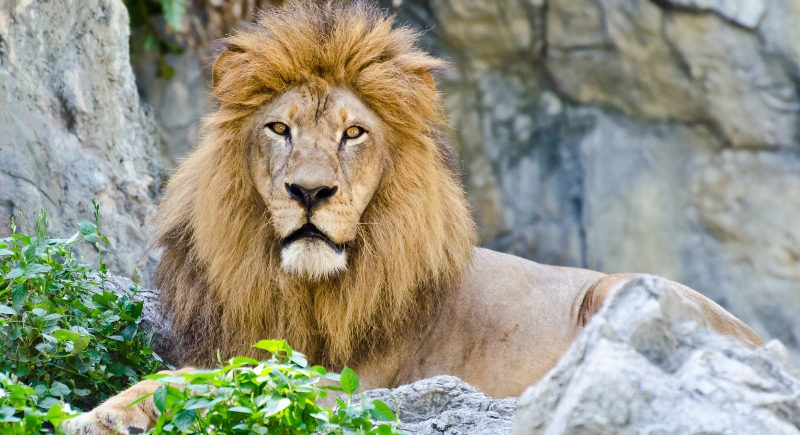
Credit: Canva
A healthy male lion might spend up to 20 hours a day resting. This downtime is part of conservation. It’s fuel for short bursts of explosive activity. Because they hunt mostly at dawn and dusk, their days are dominated by sleep, shade, and stillness. Their muscle mass, energy needs, and heat sensitivity make constant movement impractical.
Echidna
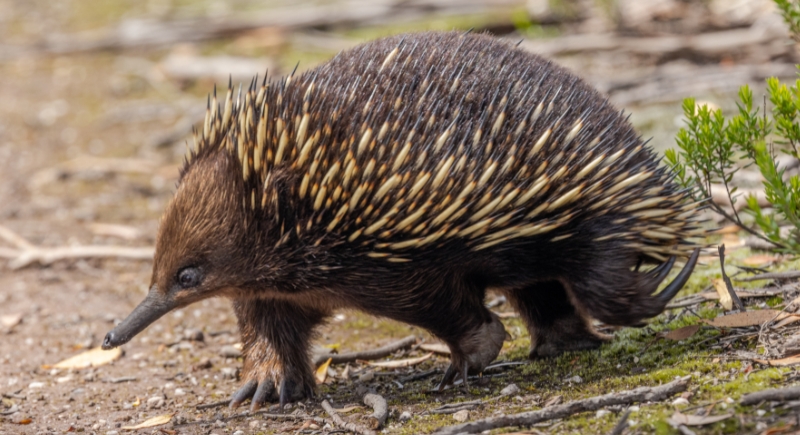
Credit: Getty Images
Short-beaked echidnas have extremely low body temperatures for mammals, averaging around 89°F. Their metabolism is so slow that they can go hours without noticeable movement. In cold weather, they can drop into a torpor state, barely functioning. Instead of chasing prey, they slowly forage and make the most of a metabolism that doesn’t support sustained activity.
Sloth
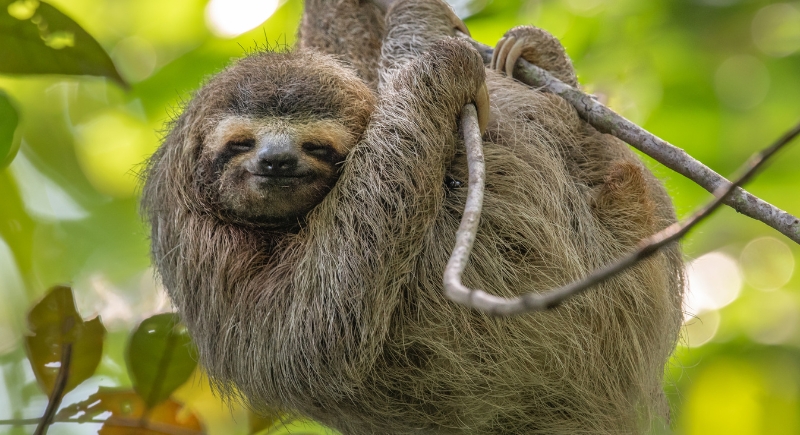
Credit: Getty Images
Almost every part of a sloth’s life is slowed to conserve energy. Digesting leaves can take weeks, and the leaves themselves provide little fuel. Sloths don’t move unless they must, which is rare. It goes to a point where their fur starts to grow algae in it, encouraged by the animal’s constant stillness and humidity.
Nurse Shark
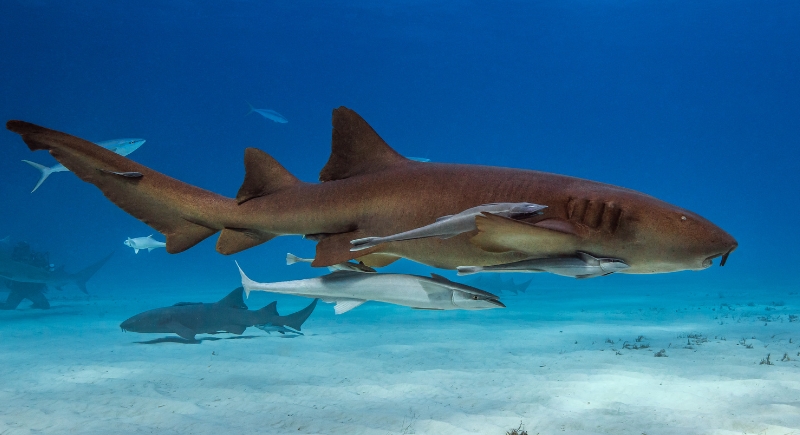
Credit: Getty Images
Unlike most sharks, nurse sharks don’t need to swim to breathe. They rest on the seafloor for hours, using a pumping mechanism in their mouths to move water over their gills. They also have one of the slowest metabolic rates of any shark, and can afford to remain inactive between feedings without putting their health at risk.
Koala
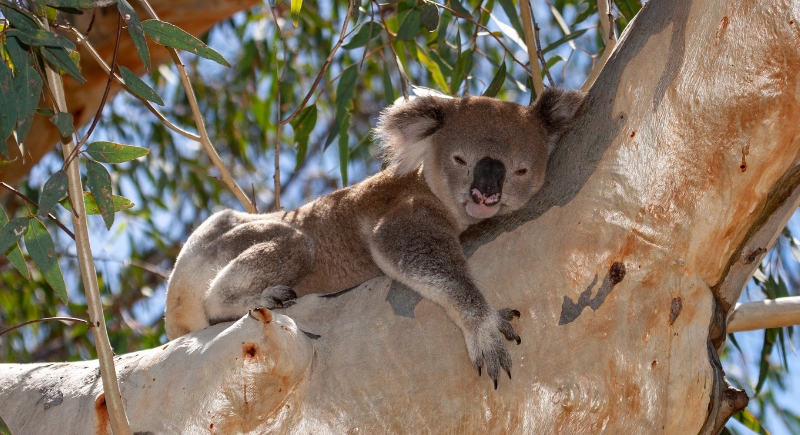
Credit: Getty Images
These animals may seem sleepy and slow, but they’re actually metabolically constrained. Eucalyptus leaves contain toxins and offer very little usable energy. Koalas solve this by doing almost nothing. They sleep or rest up to 22 hours a day, sitting motionless in trees. Their highly specialized gut lets them digest the leaves slowly, but it doesn’t leave room for much activity.
Manatee
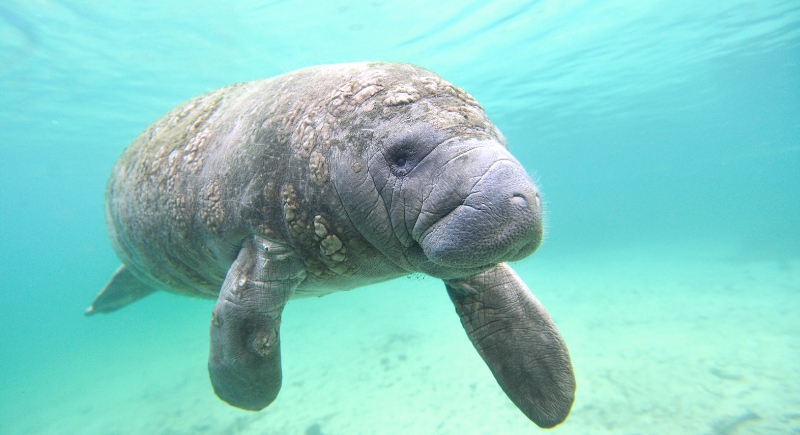
Credit: Getty Images
Manatees are marine mammals with unusually dense bones that help them stay submerged without effort. They glide slowly through warm waters and rest frequently. Breathing is slow, and surface visits are brief. Their plant-based diet doesn’t give them much energy to burn, so they rarely use more than needed.
Capybara
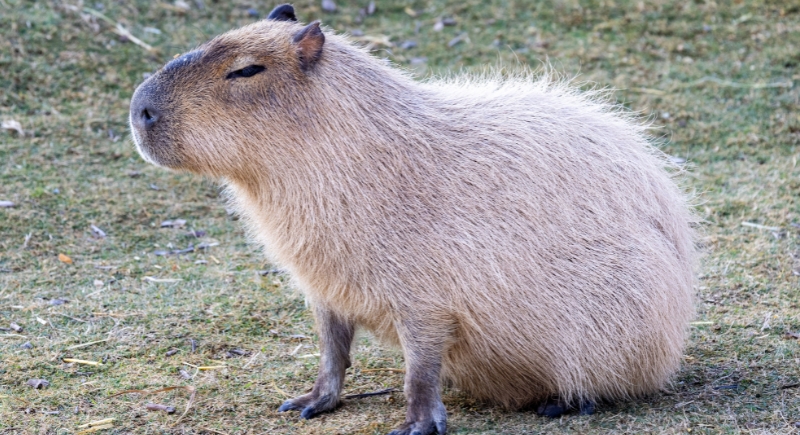
Credit: Getty Images
Capybaras prefer stillness when the sun is up. They rest in shallow water or lie in shade, becoming active mostly in the early morning and evening. Staying in one during daylight helps them avoid predators and overheating. They rarely move far from their group since they rely on their social structure more than physical defense.
Python
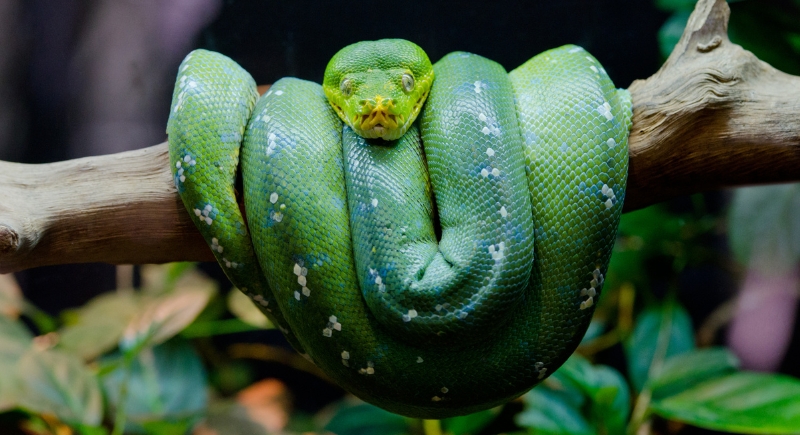
Credit: Getty Images
After a large meal, a python goes into near-total shutdown. Digestion takes so much energy that the snake stays curled in one spot for days or even weeks. It avoids movement entirely during this period. Their food demands are so infrequent that there’s little reason to do more.
Sea Lion

Credit: Getty Images
Groups of sea lions regularly haul out onto beaches or rocks, where they nap, bask, and remain inactive for hours. Even in water, they often float in “rafts” with flippers up, conserving energy while staying near their group. This behavior helps them regulate body temperature and monitor their surroundings without moving much.
Leopard
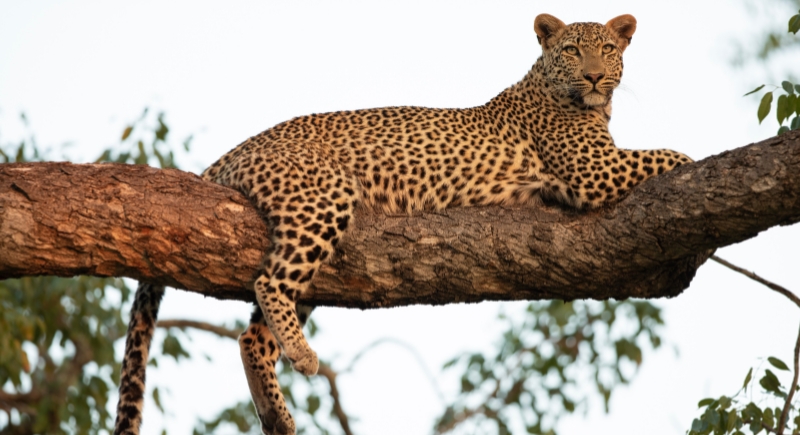
Credit: Getty Images
Leopards don’t spend their energy recklessly. They often drape themselves across tree branches for hours at a time, especially during the heat of the day. They’re solitary hunters and rely on stealth more than endurance. Sitting still helps them avoid being seen while also keeping them cool.
Common Toad

Credit: Getty Images
During the day, common toads usually hide under logs, rocks, or in burrows. They rely on camouflage and stillness to avoid predators. Their hunting strategy is equally low-key. They prefer to wait until an insect passes close enough, then strike. During non-breeding periods, they barely move at all.
Giant Panda
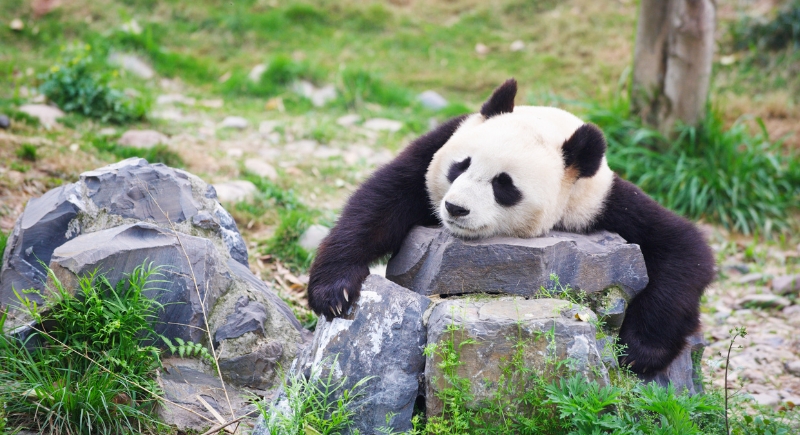
Credit: Getty Images
The giant panda’s diet consists almost entirely of bamboo, which is low in calories and nutrients. To make this work, pandas spend most of their time either eating or resting. Their activity level is low, and they’ve adapted by minimizing movement and relying on a slow-paced, energy-efficient lifestyle.
Opossum
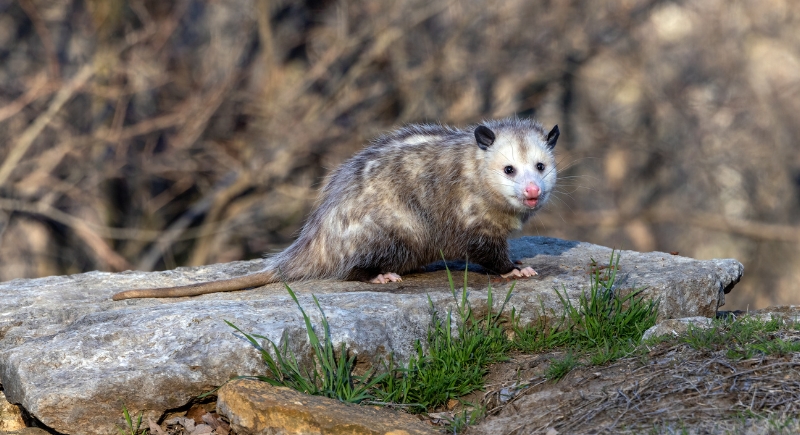
Credit: Getty Images
Opossums follow no strict schedule. They rest for several hours a day and forage when conditions allow. If threatened, they may play dead. It’s a stress-triggered, involuntary response that eliminates the need for escape. Their energy use is low, and their behaviors are shaped by risk avoidance more than pursuit.
Hippopotamus
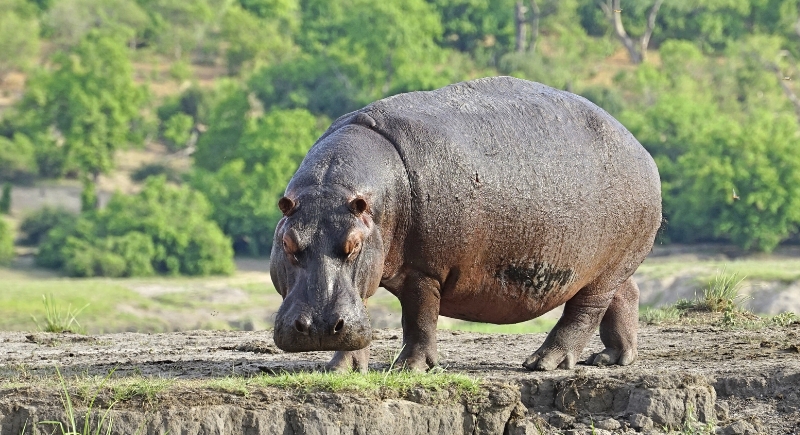
Credit: Getty Images
These large animals spend hours submerged in water during daylight, shifting just enough to breathe or adjust position. The water helps regulate their body temperature and keeps their skin from drying out. They graze at night along familiar paths but stay almost entirely still during the day.